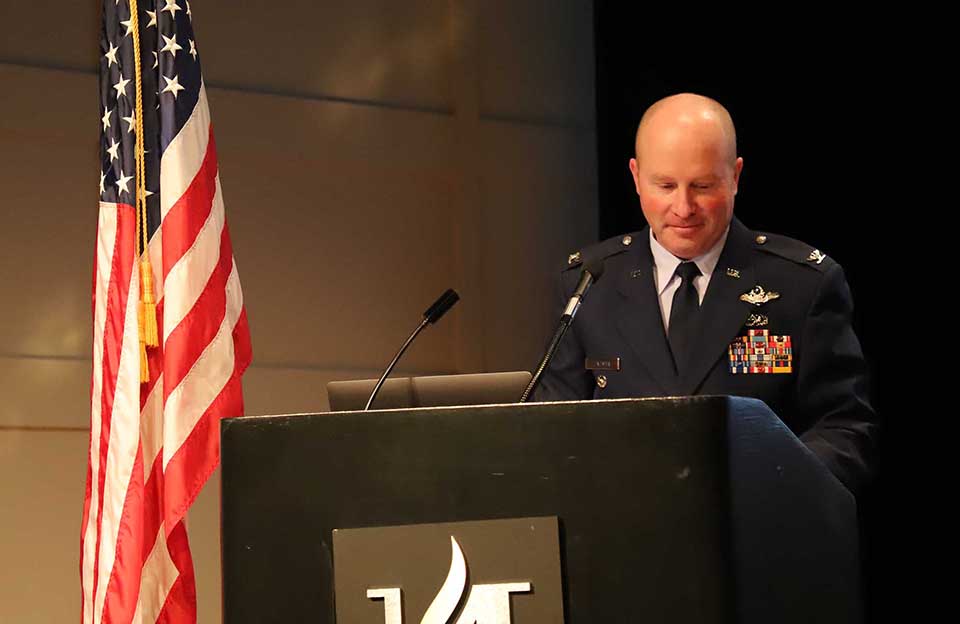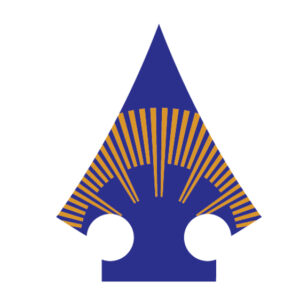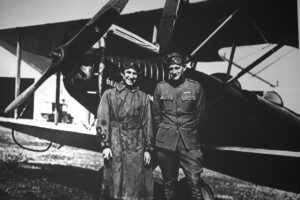
By Tim Engstrom
ST. PAUL — The 109th Airlift Squadron, part of the 133rd Airlift Wing based at Minneapolis-St. Paul Joint Air Reserve Station at Fort Snelling, turned 100 on Jan. 17.
The 109th is the first federally recognized air unit in the Air National Guard.
Among the ways it marked the centennial was a presentation at the Dr. Harold C. Deutsch World War II Round Table on Jan. 21 at the Minnesota History Center.
Col. Jamie D. Lindman, vice wing commander of the 133rd, described the rich history of the Minnesota Air National Guard.
Lindman said he is a past commander of the squadron and, in the role, gained an appreciation of the 100 years. He said the 109th is the working arm of the 133rd, and most known for flying the C-130s around the metro.

In 1920, Army Lt. Col. William Garis, Lt. Ray Miller and journalist T. Glenn Harrison met at a restaurant in downtown St. Paul restaurant to discuss an idea: creating aviation units in the National Guard.
Garis and Miller, the pilot and now a captain, took off from Curtiss Field on Sept. 26, 1920, with Gen. Walter Rhinow, to fly to Washington to lobby for the formation of an observation squadron. Lindman noted this was a time before airports, aids and airwaves. They had to plan fields to land in and places to refuel.
Curtiss Field was at the southeast corner of Snelling and Larpenteur avenues, when they were just two-lane, unimproved roads in Rose Township. It closed in 1930. Curtiss Field Park in Falcon Heights is the last remnant of the former airfield.
The idea of the 1,600-mile tour was to gain support for the idea across the country. They flew to La Crosse, Wis.; Madison, Wis.; Chicago; VanWirt, Ohio; Cleveland; Buffalo, N.Y.; Amsterdam, N.Y.; Albany, N.Y.; Garden City on Long Island, N.Y., back northward to Poughkeepsie, N.Y.; then to the nation’s capital.
They were greeted by Gen. Billy Mitchell, today considered the father of the Air Force. He was impressed with them.
The result was that on Jan. 17, 1921, the 109th Observation Squadron received federal recognition. Miller was promoted to major and, today, he is considered the father of the Minnesota Air National Guard.
With that, Lindman said, came funding.
But they needed their own airfield, and they focused their efforts on Speedway Field. It was this big, oval racetrack off Cedar Avenue. Corporate investors had hoped Minneapolis could have its own Indianapolis 500, but the freeze-thaw of the state had crumbled the asphalt bed, Lindman said.
The site had been acquired by the Minneapolis Aero Club. By 1920, it was accommodating airmail services. It became the site of Miller’s squadron.
Miller pushed aviation and airpower and, on July 10, 1923, Speedway Field was rededicated as Wold-Chamberlain field, named for Ernest Wold and Cyrus Chamberlain, pilots killed in World War I.
Lindman noted that, while everyone knows the airport today simply as MSP, the official name is Wold-Chamberlain Minneapolis-St. Paul International Airport. It gained the Minneapolis and St. Paul names in 1948.
A Cook County commissioner became lost on Lake Superior in January, and the governor tasked Miller and a co-pilot to find the man. They searched for 10 days in subzero temperatures, risking their own lives. They never found him.

Miller participated in the first air-to-ground radio transmission, in conjunction with KSTP radio. He lobbied and received an airstrip at Camp Ripley. The 109th emblem, approved in 1939, is an arrowhead, acknowledging Minnesota’s Arrowhead region. It has no unit number. No text. No Latin.
Lindman said it points up for the North Star State. The rays are for the aurora borealis, and there are 34 of them, in honor of the 34th Infantry Division, of which it had been part before receiving federal recognition.
The colors are aquamarine blue and golden orange, and they are the colors of the original Army Air Corps, the predecessor to the Air Force. It is said, though not certain, that the two circles are for the Twin Cities.
Operation Capitol Response
One hundred years after the formation of the unit, the 109th Airlift Squadron was working a mission. On Jan. 17, 2021, it was part of Operation Capitol Response.
Over three days, five 133rd aircraft flew 16 missions (42 sorties) with 105 flying hours, bringing 850 troops to D.C.
Normally, the unit performs 120 hours in a month, Lindman said.
“We accomplished in three days what we accomplish in a month,” he said.
Then over two days the following weekend, they brought 850 back home, nearing what they do in two months.
The 109th Observation Squadron participated in World War II, with the name 109th Reconnaissance Squadron. It fought in Europe with the Eighth Air Force, then the Ninth Air Force, providing photo recon of bombing missions.
From June to November, there will be a large display along 100 feet of Concourse C at MSP about the 133rd Airlift Wing.
Watch for an air expo and open house at the 133rd Airlift Wing in summer 2022 to mark the centennial. (The 2021 expo was canceled.)
The 109th Airlift Squadron, Lindman said, has flown C-130 Hercules for 50 years — half of its history. It is slated to fly them through 2035. The unit’s present fleet of C-130s, he said, are 25 years old. They have lobbied to receive the next generation of C-130s, an upgrade from C-130H3 to C-130J Super Hercules.